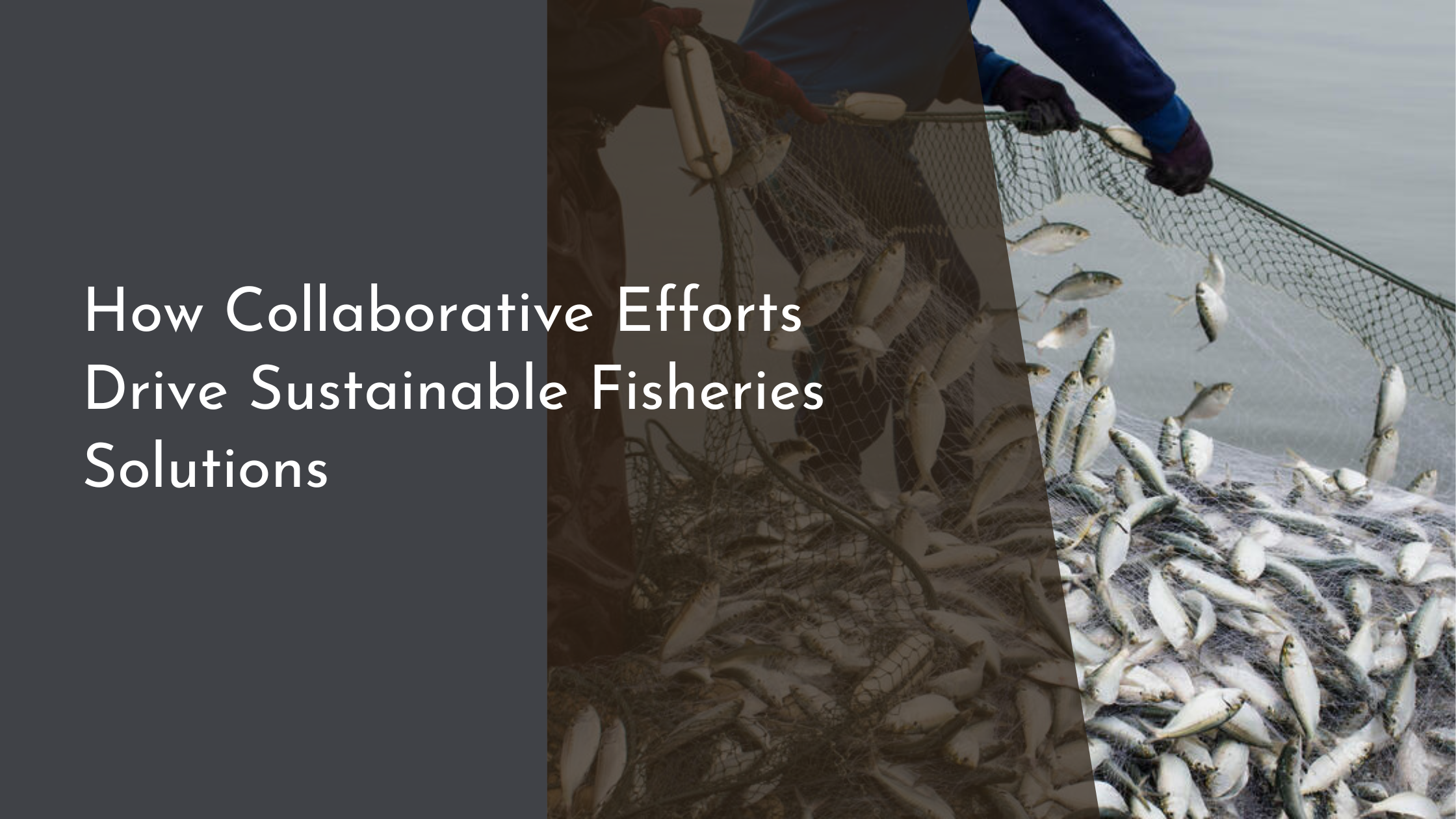How Collaborative Efforts Drive Sustainable Fisheries Solutions
Sustainable fisheries are crucial for maintaining the delicate balance of aquatic ecosystems and ensuring food security for millions of people worldwide. Overfishing, habitat destruction, and climate change pose significant threats to fish populations and the communities that depend on them. Collaborative efforts have emerged as a powerful tool in addressing these challenges, bringing together diverse stakeholders to create innovative and effective solutions. This article explores how teamwork is driving sustainable fisheries solutions and highlights some inspiring success stories from around the globe.
Understanding the Importance of Sustainable Fisheries
Sustainable fisheries are vital to the health of our oceans and the global economy. They ensure that fish populations remain at healthy levels, which is essential for preserving biodiversity and supporting the livelihoods of millions of people who depend on fishing for their income. Unsustainable fishing practices can lead to the depletion of fish stocks, disrupting marine ecosystems and threatening food security. Implementing sustainable practices helps protect these resources, ensuring they are available for future generations.
Furthermore, sustainable fisheries play a critical role in combating climate change. Healthy fish populations contribute to the stability of marine ecosystems, which in turn helps regulate carbon levels in the ocean. By promoting sustainable fishing practices, we can mitigate the impacts of climate change and preserve the oceans’ ability to absorb carbon dioxide. These efforts are not only beneficial for the environment but also for the communities that rely on fisheries for their economic well-being.
Key Stakeholders in Fisheries Collaboration
Effective collaboration in sustainable fisheries involves a diverse range of stakeholders, each bringing unique perspectives and expertise to the table. Governments play a crucial role in establishing regulations and policies that promote sustainable practices. By setting catch limits, protecting critical habitats, and enforcing compliance, they help create an environment conducive to sustainable fishing. Non-governmental organizations (NGOs) also play an important role by advocating for policy changes, conducting research, and raising awareness about the importance of sustainable fisheries.
Local communities, particularly those whose livelihoods depend on fishing, are key players in collaborative efforts. Their intimate knowledge of local ecosystems and fishing practices makes them invaluable partners in developing and implementing sustainable solutions. By involving fishers and local communities in the decision-making process, stakeholders can ensure that solutions are culturally appropriate and economically viable. Additionally, involving the private sector, such as seafood companies and retailers, helps create demand for sustainably sourced products and encourages responsible practices throughout the supply chain.
Innovative Approaches to Sustainable Fishing
Innovation is at the heart of sustainable fishing efforts, with stakeholders embracing new technologies and practices to reduce their impact on marine ecosystems. One such approach is the use of selective fishing gear, which helps minimize bycatch and protects non-target species. By improving the design of nets and traps, fishers can target specific species while allowing others to escape unharmed, thereby reducing the overall impact on marine biodiversity.
Another innovative approach is the implementation of marine protected areas (MPAs), which are designated regions where fishing is restricted or prohibited. MPAs serve as safe havens for fish populations, allowing them to recover and replenish. These protected areas also provide valuable opportunities for scientific research and monitoring, enabling stakeholders to better understand and manage marine ecosystems. Collaborative efforts have been instrumental in establishing and managing MPAs, highlighting the power of teamwork in driving sustainable fisheries solutions.
Success Stories: Driving Change Through Teamwork
One inspiring example of successful collaboration can be found in the Pacific Island nation of Palau. In 2015, Palau established one of the world’s largest marine sanctuaries, covering 80% of its exclusive economic zone. This ambitious initiative was the result of a partnership between the Palauan government, local communities, NGOs, and international organizations. By working together, they created a model for sustainable fisheries that balances conservation with economic development, ensuring the long-term health of Palau’s marine resources.
Another success story comes from the European Union’s Common Fisheries Policy (CFP), which has been instrumental in promoting sustainable fishing practices across member states. The CFP has brought together governments, fishers, and environmental organizations to implement science-based management plans, establish quotas, and reduce overfishing. As a result, several fish stocks in European waters have shown signs of recovery, demonstrating the positive impact of collaborative efforts on sustainable fisheries.
Collaboration is a powerful force for driving sustainable fisheries solutions, bringing together diverse stakeholders to tackle complex challenges. By working together, governments, NGOs, local communities, and the private sector can develop innovative approaches that protect marine ecosystems and support the livelihoods of millions of people. These success stories from around the world demonstrate the potential of teamwork to create lasting change and highlight the importance of sustainable fisheries for a healthier, more resilient planet. As we continue to face global environmental challenges, fostering collaboration will be essential in ensuring the sustainability of our precious marine resources.


